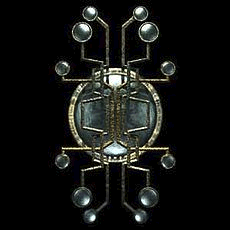DynDOLOD 3.00 Alpha 182
-
Similar Content
-
- 1 reply
- 42 views
-
Rally's Candlelight and Magelight Fix SE - VR (by Rallyeator)
By CorneliusC,
- SKYRIMSE
- 06-models and textures
- (and 1 more)
- 0 replies
- 29 views
-
- 3 replies
- 67 views
-
-
Recently Browsing 0 members
- No registered users viewing this page.






Recommended Posts
Create an account or sign in to comment
You need to be a member in order to leave a comment
Create an account
Sign up for a new account in our community. It's easy!
Register a new accountSign in
Already have an account? Sign in here.
Sign In Now